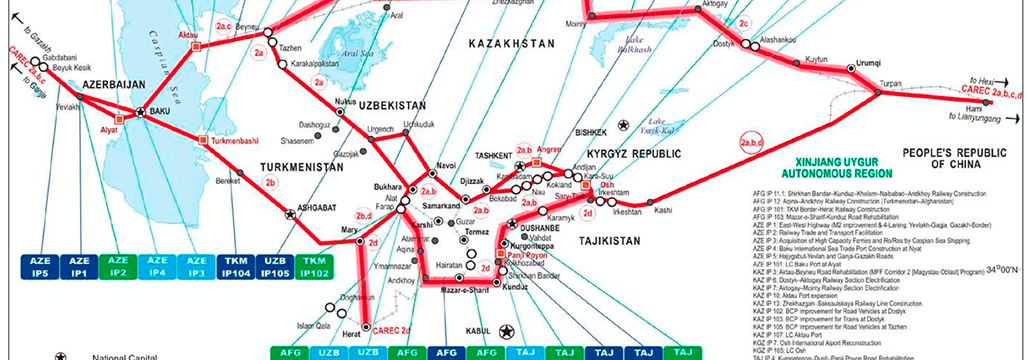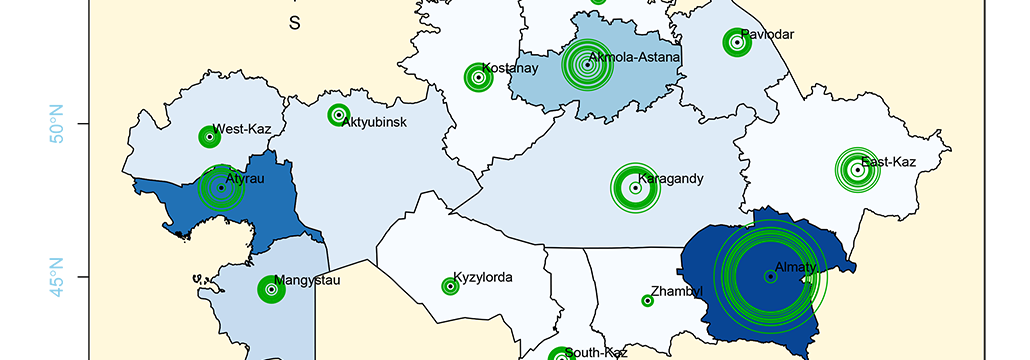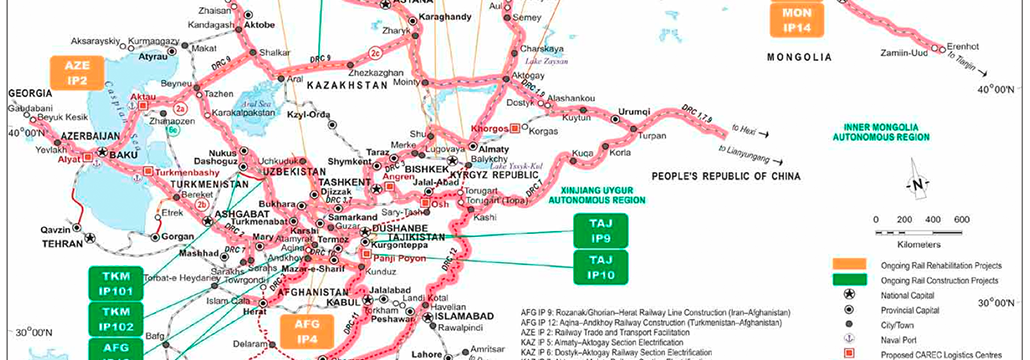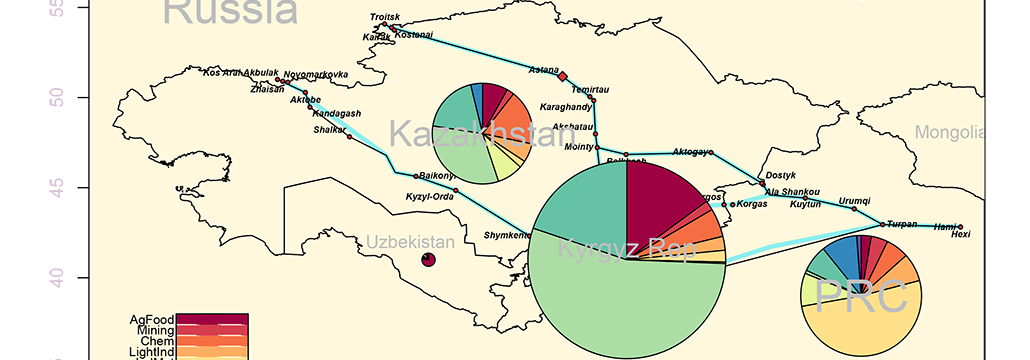CAREC Corridor Assessment
Place:Central Asia– Dates: 2012-14 – Partner: ADB
Project Summary
Regional economic integration is accelerating in Central Asia, thanks in significant part to determined national and international commitments to infrastructure and other investments. This has been complimented by substantial progress on the institutional side, promoting a more open multilateral trade and investment environment. The next phase of policy planning can sustain this progress and expand economic potential for robust enterprise environment, continued poverty reduction, and generally higher living standards. In a rapidly evolving regional economy, however, decision makers need support for more evidence based strategic planning and engagement. This project will develop a new generation of decision tools for forward-looking economic analysis and policy dialog, nationally, regionally and with international development partners.
As part of its commitment to the CAREC initiative, ADB has commissioned the development of sophisticated decision support tool, including a regional economic scenario model and software to disseminate its findings to nontechnical audiences. The proposed research products will improve visibility for public and private actors regarding pathways for greater CAREC regional development and cooperation. In particular, we will extend prior ADB research to develop a CAREC regional economic modeling facility, with structural detail at the national level and integrated assessment of regional linkages and their potential to act as catalysts for growth, further integration, and sustainable development.
The modeling facility represents a new, state-of-the-art regional economic model that for the first time includes all CAREC member countries, integrating them into a regional model that captures CAREC and global trade linkages. This modeling facility provides detailed assessment of short and long-term market interactions, tracing patterns of supply, demand, employment, income, and resource use across the region and within national economies. Updated with the most recent data resources on national economic structure, the facility can be used for national planning by counterpart policy institutions in member countries. In its multi-country form, the model can be used to support more effective and coherent, evidence based regional and international policy dialog. Although the core of the CAREC modeling facility will be a sophisticated general equilibrium forecasting model, the project is also developing a user-friendly, web-browser interface that combines GIS and graphics with more traditional tabular output. Together, these data resources and decision tools provide a new generation of research support for Asian regional policy dialog.
Most Recent Entries

Low Carbon Biomass Conversion in the Sierra Nevada





